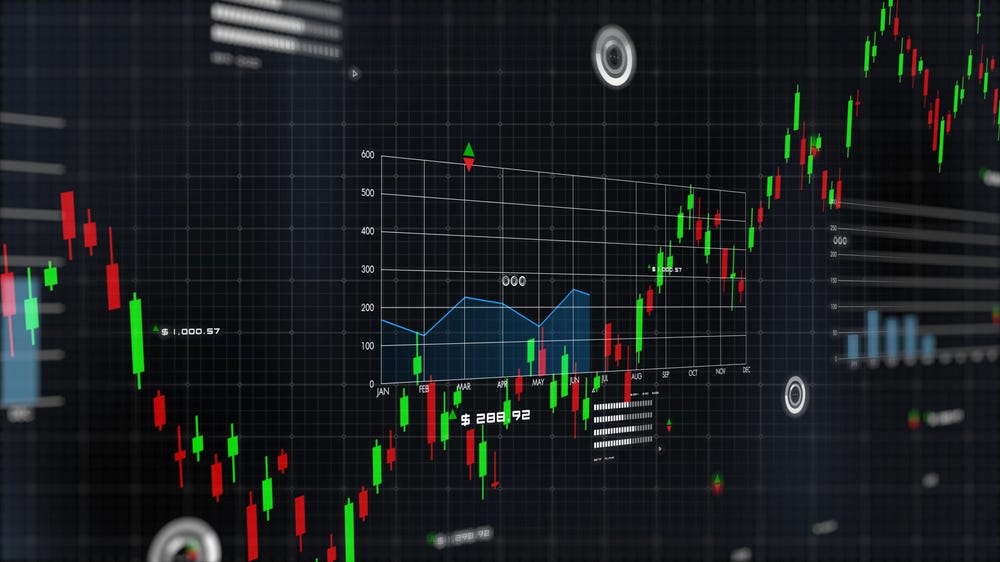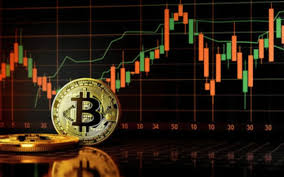
Understanding Crypto Trading High-Frequency
In today’s rapidly evolving financial landscape, Crypto Trading High-Frequency click here to explore the intricacies of Crypto Trading High-Frequency (HF) and its impact on trading outcomes. High-frequency trading involves the use of sophisticated algorithms to execute trades at incredibly high speeds, capitalizing on small price changes and market inefficiencies. This article will delve into the strategies, benefits, risks, and future trends surrounding high-frequency trading in the cryptocurrency industry.
What is High-Frequency Trading in Crypto?
High-frequency trading in the crypto market refers to the execution of a large number of orders at extremely fast speeds, often in fractions of a second. Traders utilize advanced algorithms and high-performance computing systems to analyze market data and execute trades. Unlike traditional trading methods, which may involve holding positions for days or weeks, high-frequency traders typically hold assets for mere seconds or minutes, seeking to profit from small price fluctuations.
How Does High-Frequency Trading Work?
High-frequency trading operates through the following steps:

- Market Analysis: High-frequency traders rely on algorithms that analyze vast amounts of data from various exchanges, news feeds, and social media platforms to identify trading opportunities.
- Speed and Efficiency: Executing trades requires robust technology, including co-location services where trading servers are placed physically closer to exchange servers to minimize latency.
- Execution: Trades are executed automatically based on predetermined criteria, meaning traders don’t need to manually intervene. This allows them to capitalize on fleeting market opportunities.
Benefits of High-Frequency Trading in Crypto
The advantages of high-frequency trading in the crypto market are numerous:
- Speed: The primary benefit of HF trading is speed. Firms can execute thousands of trades within seconds, capturing small price movements that most traders would miss.
- Liquidity: High-frequency trading contributes to overall market liquidity, reducing price discrepancies across different exchanges.
- Accessibility: The advent of sophisticated technology has made HF trading accessible to a broader range of traders, including retail investors.
Risks Associated with High-Frequency Trading
Despite its advantages, high-frequency trading is not without risks:
- Market Manipulation: Concerns surround potential market manipulation practices, such as quote stuffing or layering, where traders intentionally send numerous orders to mislead other participants.
- Technical Failures: Relying heavily on algorithms and technology means high-frequency traders are at risk of system malfunctions, leading to significant losses.
- Regulatory Scrutiny: As HF trading gains prominence, it faces increasing regulatory oversight, which can impact profitability and operational practices.
Technological Innovations Fueling High-Frequency Trading

Advancements in technology play a crucial role in the evolution of high-frequency trading. Key developments include:
- Algorithm Development: Sophisticated algorithms continue to evolve, increasing their efficiency in analyzing market data and executing trades.
- Artificial Intelligence and Machine Learning: These technologies enable traders to predict market movements more accurately and adapt their strategies in real-time.
- Blockchain Technology: The decentralized nature of blockchain can introduce new venues for high-frequency trading, allowing for faster and more secure transactions.
The Future of High-Frequency Trading in Crypto
The high-frequency trading landscape in cryptocurrency is expected to evolve as technology advances and the market matures. Key trends to watch include:
- Increased Regulation: As HF trading grows, regulators worldwide will likely impose more stringent rules, potentially reshaping the landscape.
- Integration of AI: The integration of AI into trading platforms will lead to smarter trading strategies and more automated processes.
- New Market Opportunities: Emerging cryptocurrencies and decentralized finance (DeFi) platforms will provide fresh opportunities for high-frequency traders to exploit.
Conclusion
In conclusion, high-frequency trading has emerged as a powerful strategy in the cryptocurrency market, offering traders the ability to capitalize on minute price movements at incredible speeds. While it presents numerous advantages, such as increased market liquidity and accessibility, it also poses significant risks that traders must navigate carefully. As technology and regulatory environments continue to evolve, the future of high-frequency trading in crypto is likely to witness exciting developments that could reshape the financial landscape.
Laisser un commentaire